
Why testing and personalization are key to meeting changing consumer needs during COVID
The COVID-19 pandemic is driving unprecedented change across the world. There are now an enormous number of people under full or partial lockdown, with many non-essential retail stores shut. Employees are either working from home or have been made redundant, either temporarily or permanently.
All of this uncertainty is having a dramatic impact on consumer behavior. Rather than face-to-face interactions, our communications and purchases are increasingly digital, from video conferencing to embracing e-commerce instead of bricks and mortar stores. At the same time consumers are focused on protecting the health, safety and well-being of their families, driving new behaviors and spending patterns.
With the aid of best practice examples, this article explains how brands can react digitally and adapt to current and future conditions, and the importance of testing and personalization to honing their digital strategy and actions as the crisis unfolds.
1 What are the lessons for e-commerce during the COVID crisis?
Today, digital is the primary channel for brands looking to engage with their customers. But, as even the most experienced e-commerce companies are finding, it isn’t just about delivering business as usual.
Online, the pandemic is driving new trends and a need for brands to provide reassurance, security and understanding to consumers. Spending patterns are changing – according to McKinsey discretionary purchases have plummeted, but there is greater expenditure on online food and drink shopping and home entertainment, for example.
Analysis from EY identifies four new consumer demographics, from Save and Stockpile to Hibernate and Spend, each with their own unique set of behaviors and needs. Behavior is fluid – analysis shows that as countries move out of lockdown, habits change again, as witnessed by growing consumer spending in China.
2 How can you adapt your digital experience to changing needs?
Website traffic is increasing, but consumers still have a wide choice of who they buy from. This means brands must focus on the experience offered to visitors – and understand that requirements have changed. For example, people may value a clear commitment to faster delivery over factors such as price in some instances.
The importance of testing in the context of a crisis
Rather than trying to second-guess what consumers are looking for, brands need to look at adapting the digital experience extremely rapidly through testing and personalization programs. Only by testing changes to your website and the customer journey will you be able to see that they resonate or not with consumers, enabling you to then roll them out across the entire customer base.
In a recent paper Gartner looked at how brands could map the potential benefits (and downsides) of cost optimization initiatives. This highlights the importance of testing and personalization – they are low risk in terms of time and investment, with a high business impact. The speed of testing helps drive faster, better informed decision making, which is crucial in today’s rapidly changing world. It also builds skills and establishes an experimentation culture that will help drive future growth.
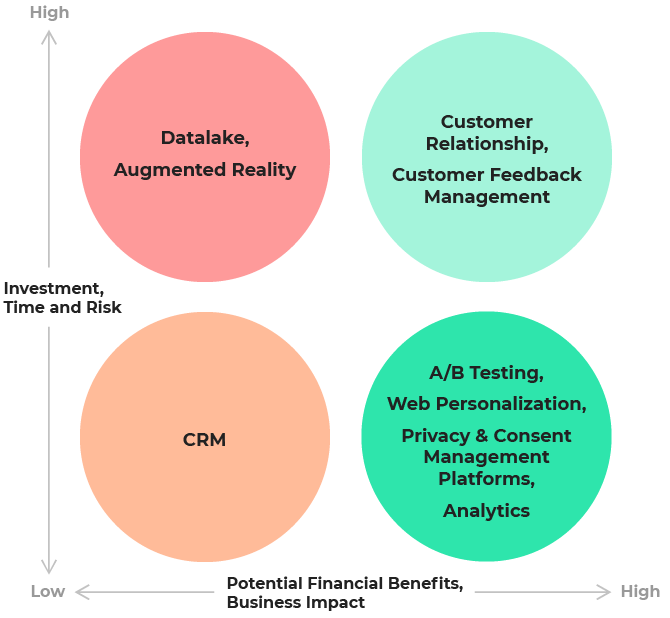
3 Where should brands start their testing?
The first step to success is to ensure you are providing a website with optimized UX that provides clear information and makes browsing easy for visitors. This means that you should concentrate your A/B tests on optimizations that will facilitate browsing, draw attention to important information, or improve the clarity of product information pages.
Here are some examples of optimizations you can quickly put in place:
A reassurance banner on your homepage
The appearance of COVID-19 in our lives has disrupted most of our habits. So it is important to reassure your customers and visitors and thus maintain a connection during this difficult period.
A reassurance banner enables you to communicate multiple key messages:
- confirm that your business is still operating despite the lockdown
- reassure your visitors about your employees’ working conditions
- provide information about extensions to delivery times
This banner lets you provide a clear, positive signal to visitors, giving them confidence that they will receive their orders while letting them know that you are protecting the health of your employees.
Here are a few examples:
- Sainsburys is explaining its strategy and offering information on its commitment to charities through banners and a redesigned home page
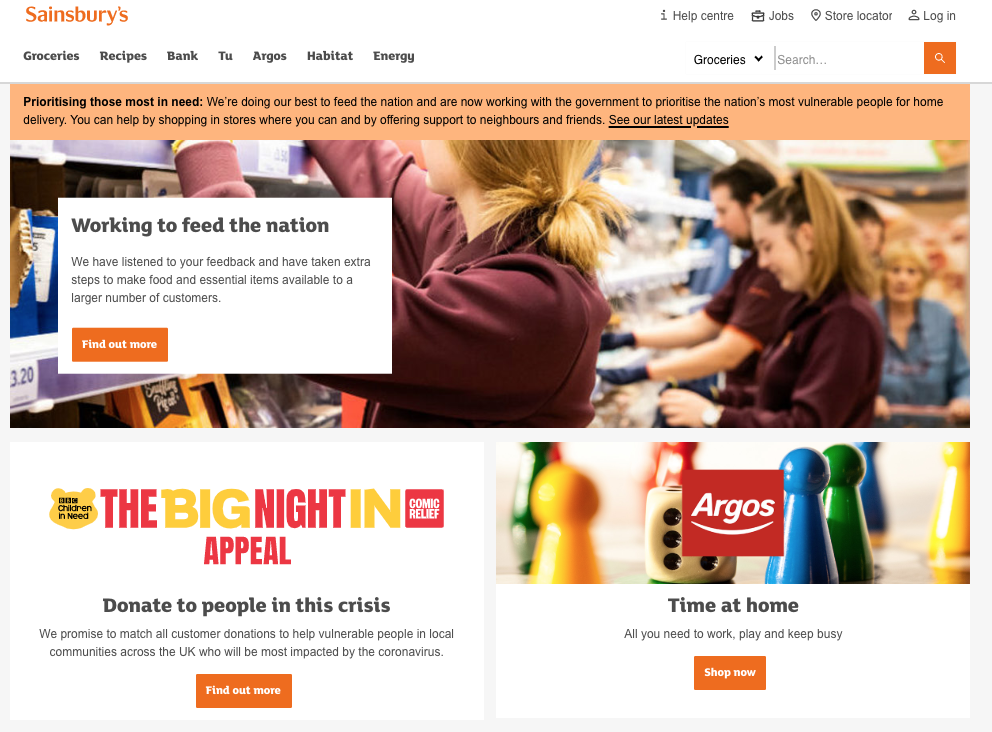
- Target is outlining how it is protecting employees through a banner, as well as providing ideas for stay at home fun for families on its home page.
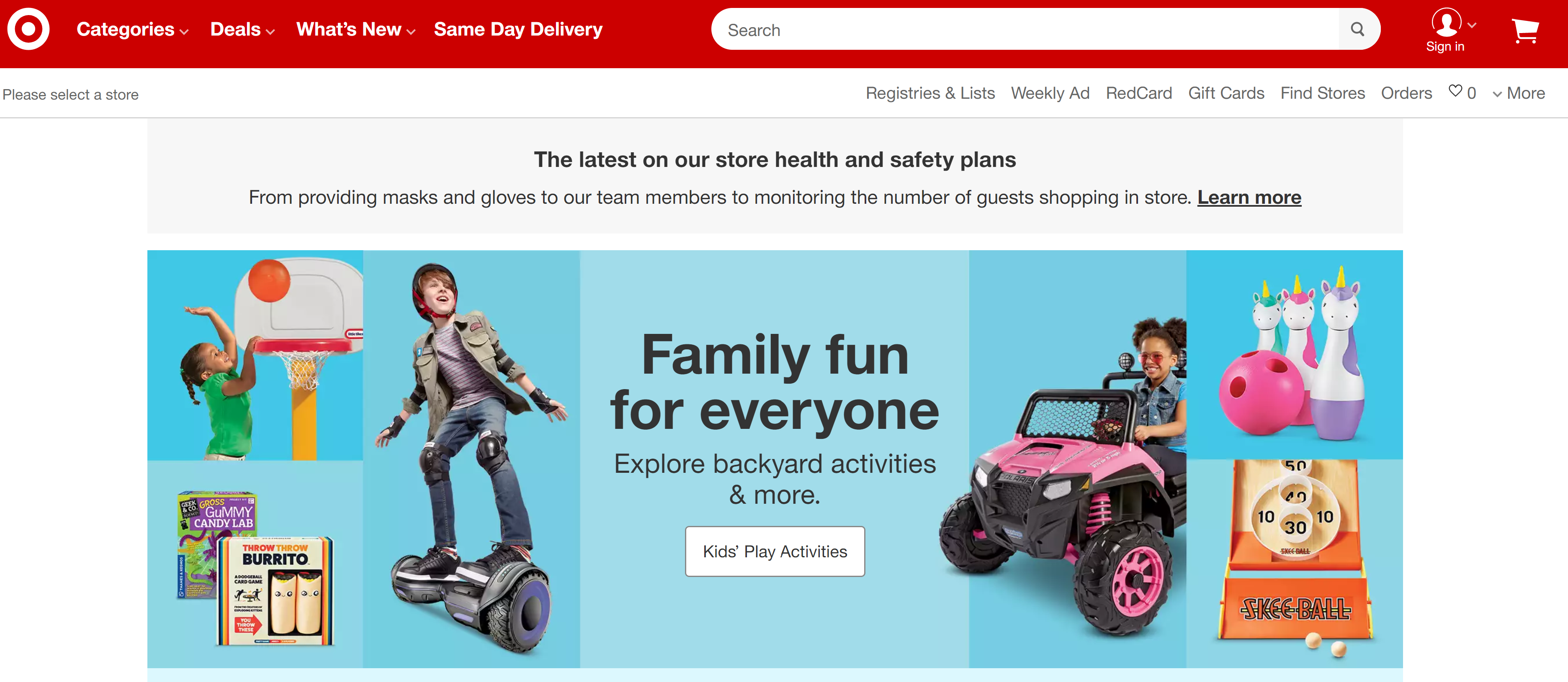
- Stationery brand Papier is using a banner to get across its commitment to helping consumers stay connected to loved ones through a free postcard with every order

- Fashion retailer Sézane is using a pop-in to provide information about free deliveries and to confirm that it has shut its stores.
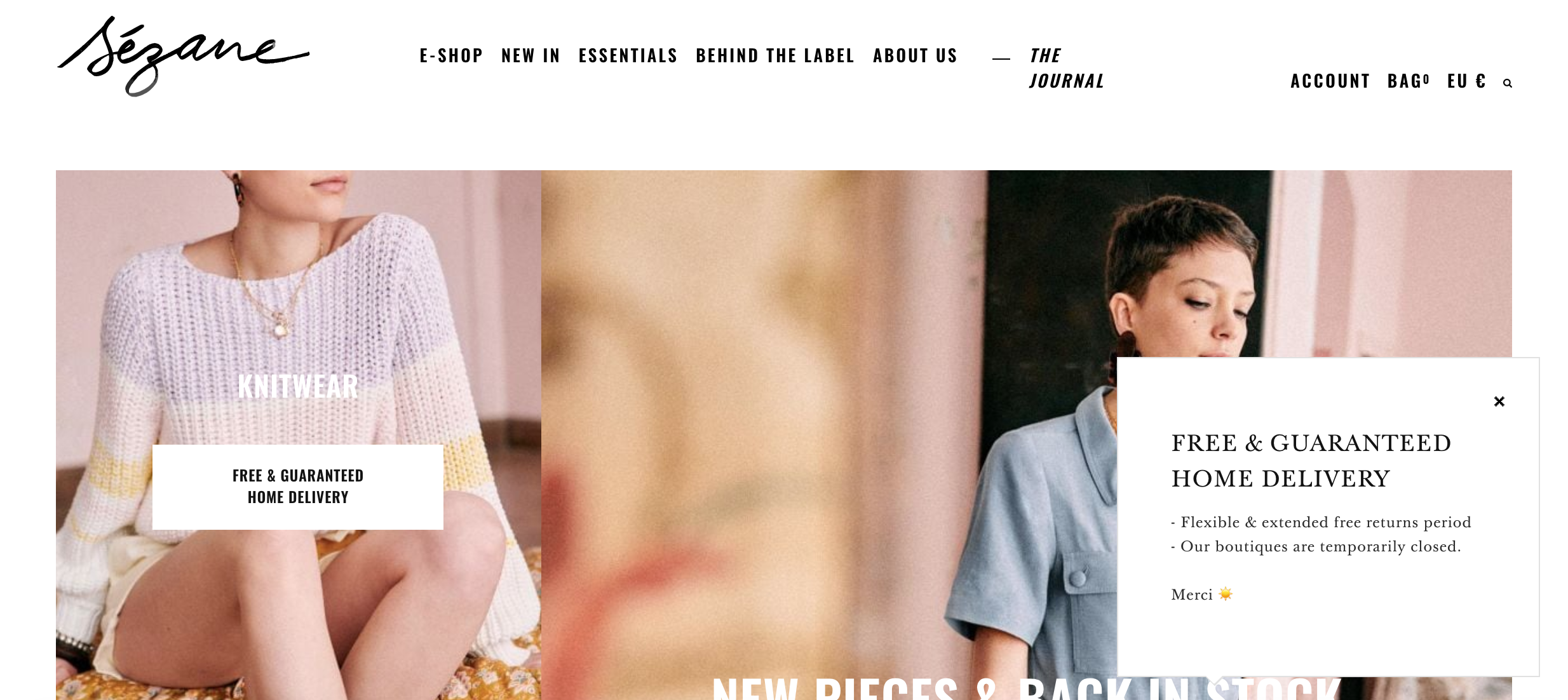
Personalize the menu according to visitors’ current needs
During lockdown people’s activities are restricted to their home or limited outdoor time, meaning they aren’t going to be interested in buying products or services that they can’t use. Therefore, organize your homepage based on the most likely items to be required or on products centered around the home.
This period is also a challenging one in terms of keeping brand loyalty, making it important to create an experience that demonstrates an understanding of the conditions consumers are currently facing.
Health and well-being retailer Boots has completely redesigned its homepage to provide relevant advice, and to make it easier to shop for the most popular products such as pain relief and nappies.
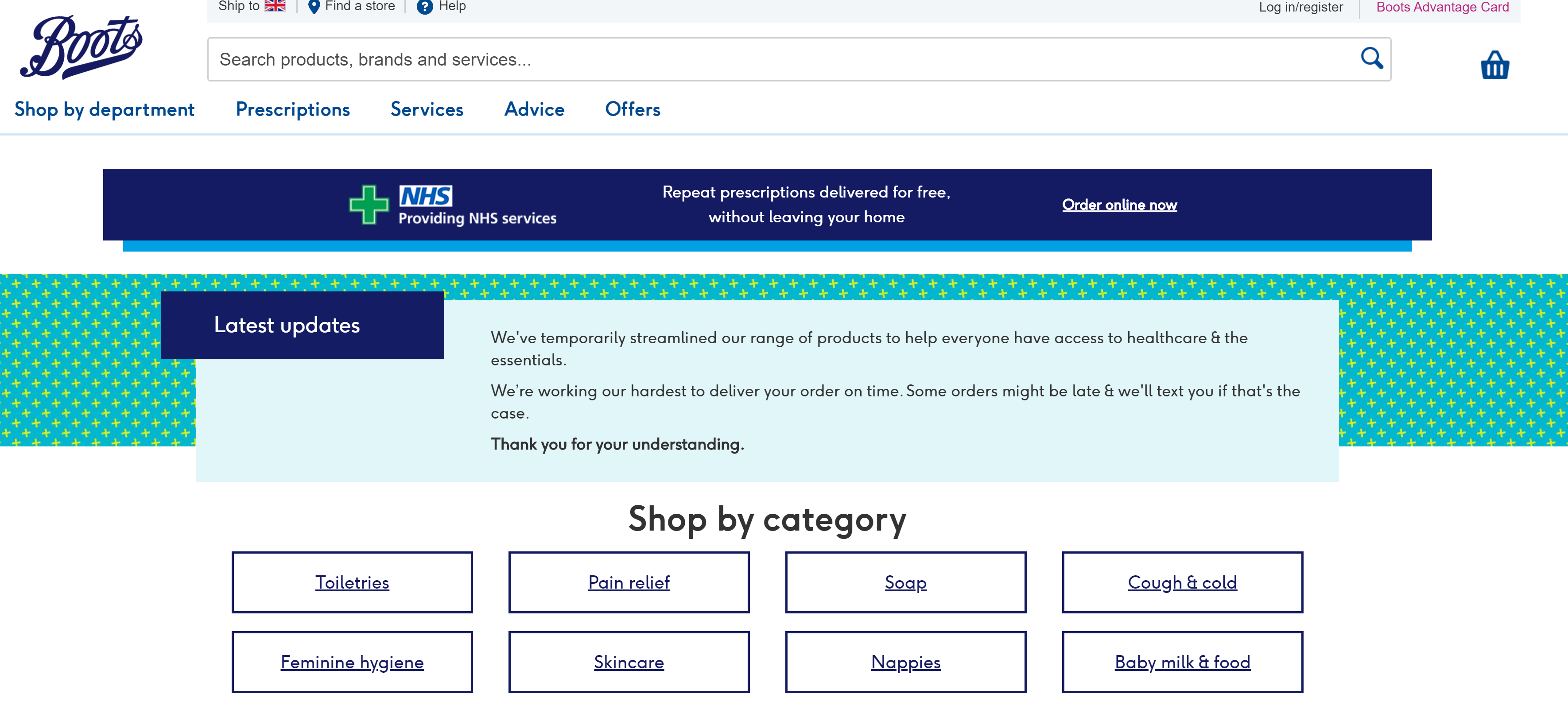
On the Kroger website, the top picks section focuses on At Home activities:
- Family fun night in
- At home sipping
- Recipes and meal planning
- Dinner made easy
- Shop all coffee
- Baking essentials
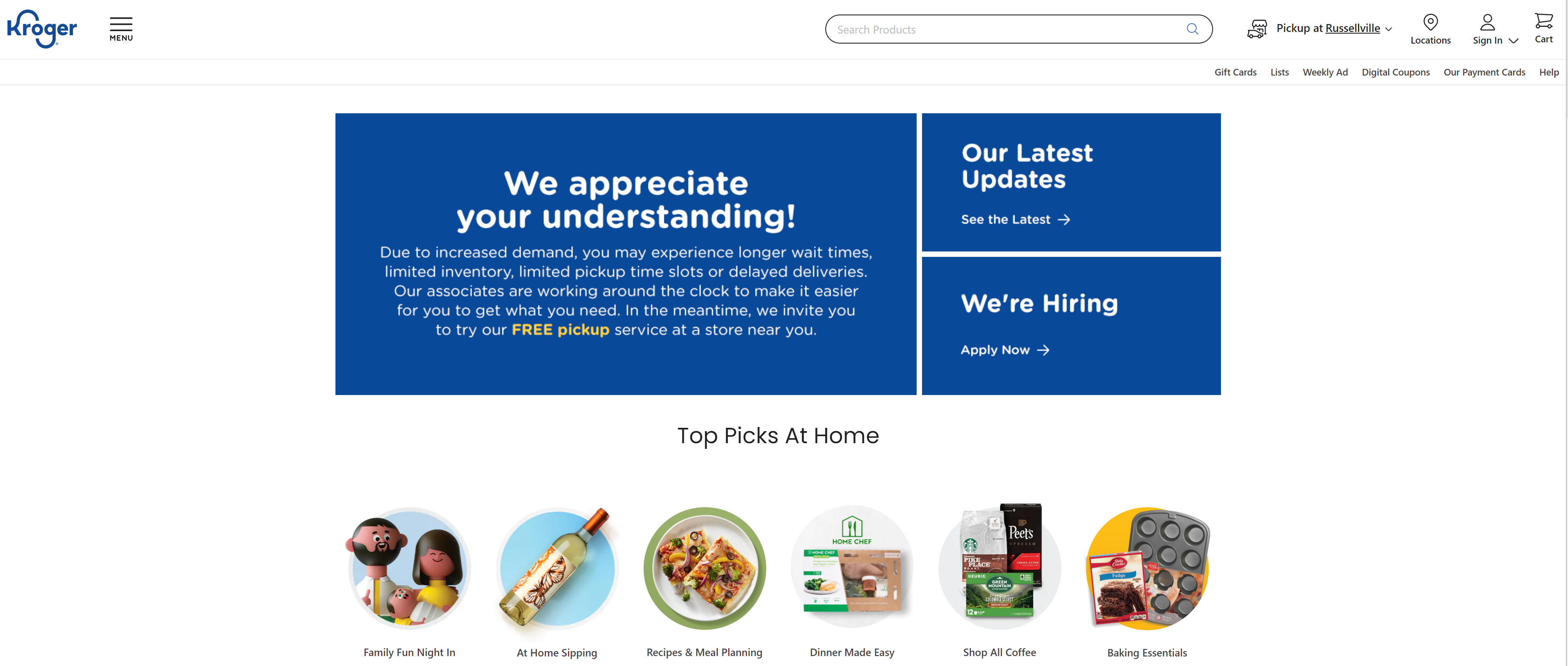
Optimize your product information pages
Optimizing your product information pages is vital as this is where purchasing decisions are made. Currently, you must provide additional reassurance to your visitors that they are making the right decision.
That means all information must be kept updated in real-time around delivery times, stock levels and the expected arrival dates for out of stock products.
In the current context, stress marketing messages are not recommended but you can always highlight social proof elements to help visitors choose the right product for them.
Here are some examples of product information pages updated for the current context:
- Walmart is giving clear delivery and pick-up dates for orders from its website
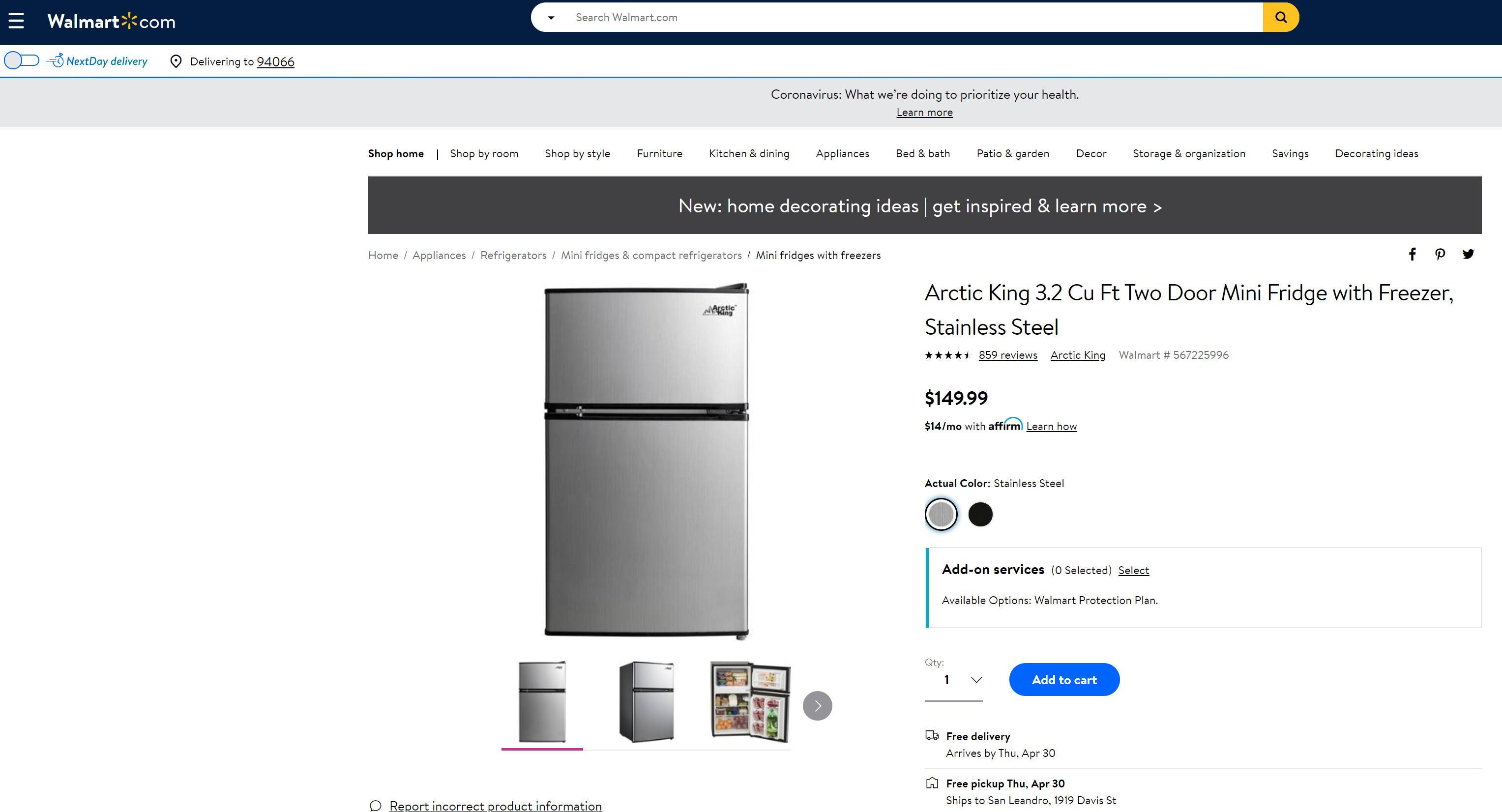
- Boots is explaining about stock levels and availability of particular products
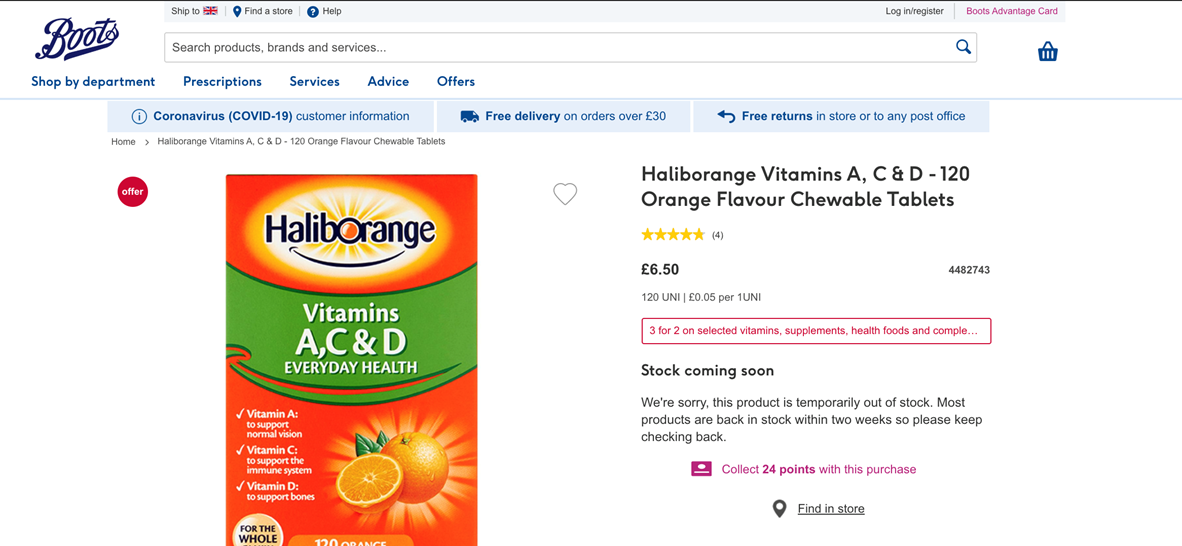
4 AI-driven personalization to understand your visitors’ new habits
In these unprecedented times, the habits and interests of consumers are changing. This impacts their online behavior and purchases.
Essentially this means it is crucial to understand and analyze their intentions in real-time during lockdown. You need to adapt your strategy in ways that meet current needs while being ready to change again as conditions and customer requirements shift in the future.
AI-driven personalization enables you to do this. It relies on machine learning algorithms that detect visitors’ intentions in real-time to trigger appropriate actions, making it easy to adapt your strategy as needs change. This enables your brand to offer each visitor an individualized website that fulfils their unique needs and expectations.
Find out more about using experimentation to transform your current digital strategy by checking out these best practice blog posts from industry leaders:
- Creating customer loyalty in the COVID-19 crisis by Wider Funnel
- Marketing and growth lessons for uncertain times by ConversionXL
- CRO in the time of Covid-19 by Elise Maile



